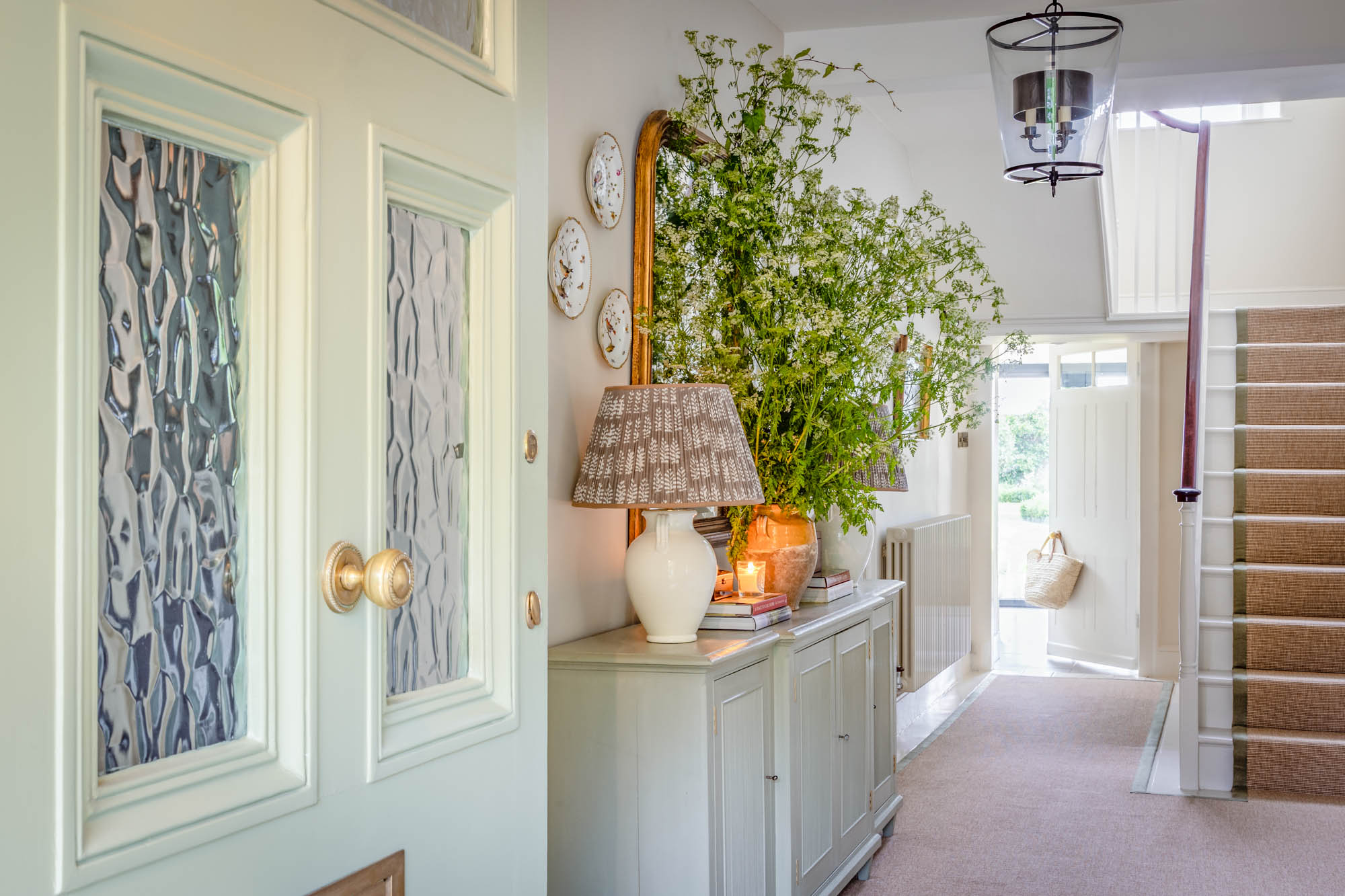
Exploring Georgian and Victorian Interior Design: A Professional Perspective
Understanding the differences between historical design periods can be invaluable when creating personalized and distinctive interiors. The Georgian and Victorian eras are two significant milestones in architectural history, each offering unique aesthetics and characteristics. This article examines the contrasting elements of Georgian and Victorian interior design, providing insights for those seeking to incorporate these styles into modern homes.
The Elegance of Georgian Design
The Georgian period, spanning the 18th century under the reigns of the first four King Georges, is synonymous with classical design elements. Influenced by Palladianism and Neoclassicism, Georgian interiors exude symmetry, balance, and understated elegance that continue to resonate today.
Georgian Colour Palettes and Material Choices
Georgian interiors are characterised by a restrained colour palette. Soft whites, pastels, and earthy tones create a sense of lightness and calm. The use of natural materials like wood and stone further underscores the period’s commitment to authenticity. This colour scheme is punctuated with rich accents of deep blues and lush greens, adding a sense of grandeur without overwhelming the senses.
Architectural Elements in Georgian Interiors
In Georgian design, architectural details are prominent. Elaborate mouldings, cornices, and chair rails define the space, while intricate ceiling plasterwork and parquet flooring add a touch of sophistication. The emphasis on natural light contributes to a sense of spaciousness and elegance, creating an environment that feels both stately and inviting.
The Victorian Embrace of Ornamentation
The Victorian era, named after Queen Victoria, marked a shift from the minimalism of the Georgian period to a more ornate and exuberant design philosophy. Influenced by the Industrial Revolution, Victorian interiors celebrated intricate details and embraced a diverse range of styles.
A Bold Approach to Colour and Pattern
In contrast to Georgian restraint, Victorian interiors are vibrant and colourful. Deep reds, purples, and blues, along with emerald greens, are common, often paired with elaborate wallpaper and rich fabrics. This bold approach to colour creates a warm and lively atmosphere, where each room can express a unique mood and personality.
The Rise of Victorian Eclecticism
Victorian design is notable for its eclecticism, allowing for a mix of different influences within a single space. Styles such as Gothic Revival and Arts and Crafts coexisted with Asian and Moorish motifs. Furniture featured intricate carvings and inlays, reflecting the craftsmanship and technological advancements of the era.
Integrating Historical Design with Modern Needs
Both Georgian and Victorian design aesthetics offer valuable lessons for contemporary interior design. The challenge for modern homeowners and designers is to blend these historical elements with contemporary sensibilities, creating spaces that are both timeless and relevant.
Modern Georgian Inspirations
Modern interpretations of Georgian design emphasize sustainability and eco-friendly materials, aligning with the period’s focus on natural elements. The symmetry and balance of Georgian interiors fit well with contemporary open-plan living, providing a seamless transition between past and present.
Embracing Victorian Maximalism in the Modern Age
Victorian design appeals to those who enjoy bold colours and a maximalist aesthetic. The resurgence of artisanal craftsmanship offers new opportunities to explore intricate furniture and decorative pieces. Modern Victorian interiors can include layers of patterns and textures, with an emphasis on handcrafted details.
Georgian and Victorian interior designs are testaments to the human desire for artistic expression and the creation of meaningful spaces. By understanding the unique characteristics of these historical periods, we can draw inspiration for modern interiors. Whether you prefer the understated elegance of Georgian design or the bold eclecticism of Victorian interiors, these styles offer a framework for creating homes that reflect personal taste while standing the test of time.
